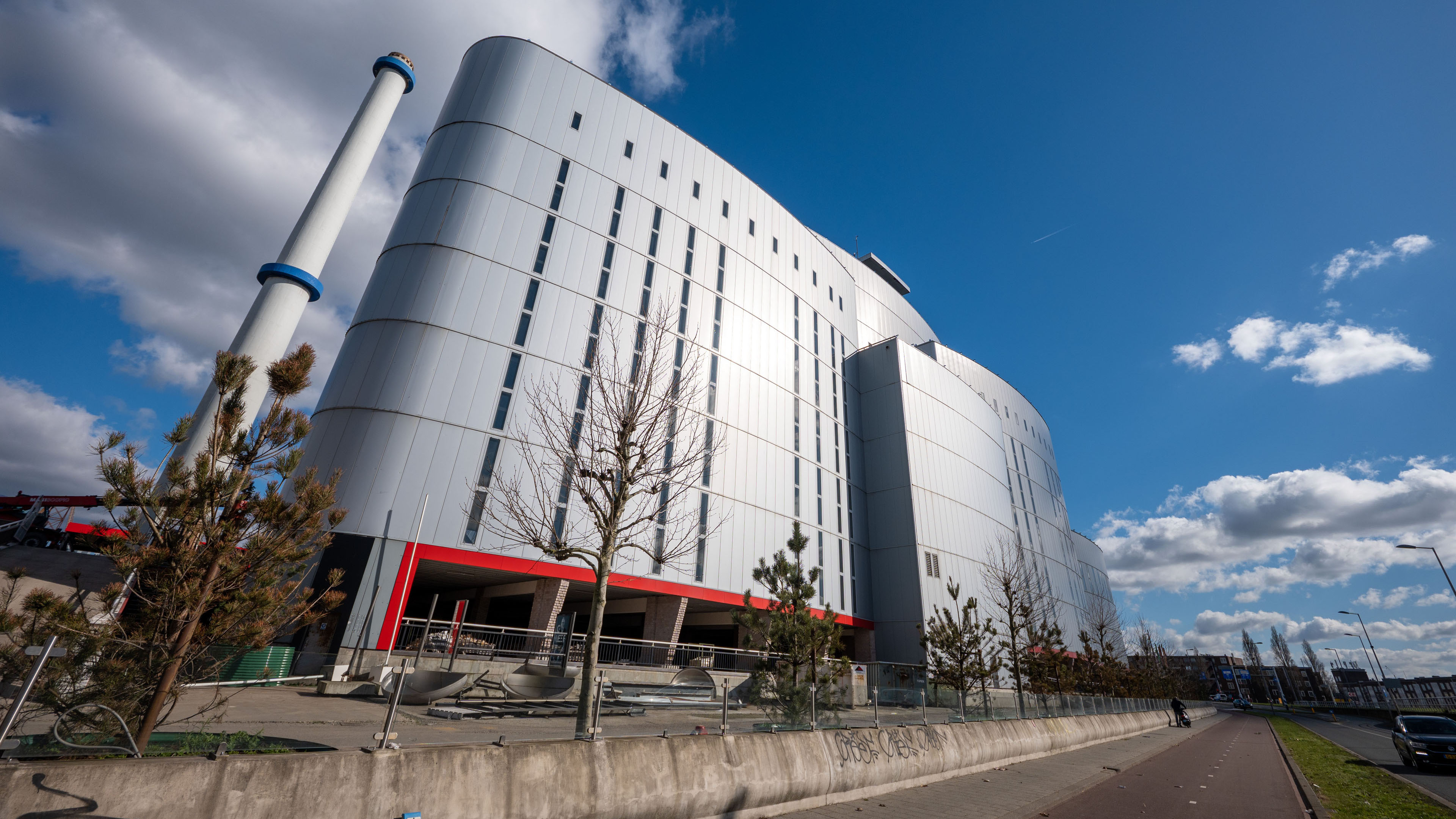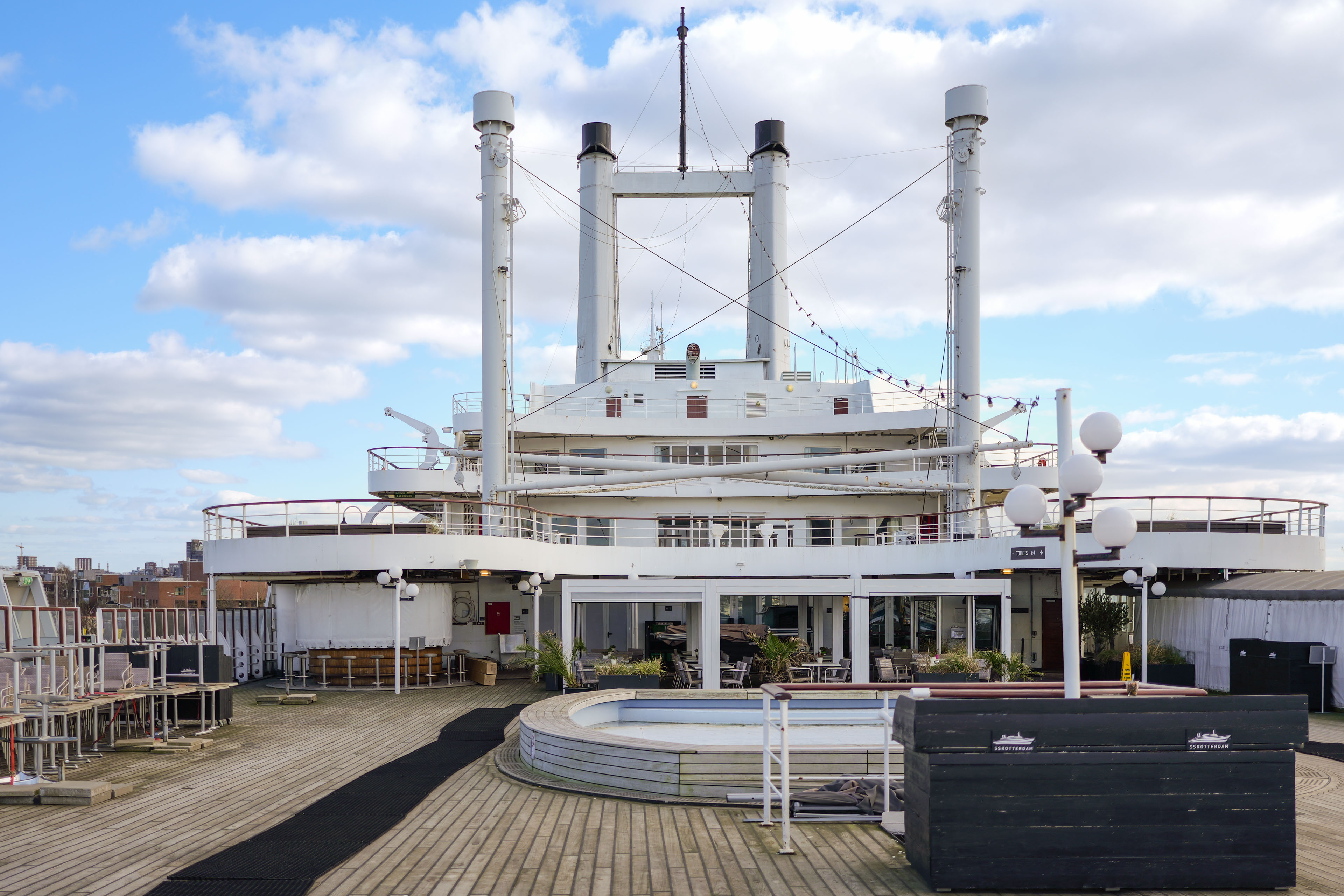
The Panasonic Leica 8-18mm distinguishes itself on two very important points from practically all other wide-angle zoom lenses. First, this super-wide angle does not have an extremely convex front lens, so that you can use 67 mm filters, without having to resort to any tricks or being afraid of vignetting. And a weight of a bit more than 3 ounces and a length of 9 cm is a pleasure to walk around with, for a wide-angle zoom. Add in the high brightness, rock-solid build quality (dust- and splashwater-tight and freeze-resistant!) and very good image quality, and it should be clear that this zoom is a real winner.
Panasonic zoom lenses are almost without exception on top as far as AF speed and accuracy are concerned.
Focusing is completely free of noise and lightning fast: on a Panasonic GH5, focusing happens across the whole zoom range in 125 ms (including release delay) from infinity to 1.5 meters. No SLR can compare with that. Part of this higher AF speed in comparison with wide-angle zooms on an SLR camera can be explained by the small amount of weight that Panasonic has to move for internal focusing of this zoom lens. Just as with the Panasonic 14-140mm, a very small lens element somewhere inside the lens is moved in order to focus. Not only does the filter mount not turn as a result, which is handy when using polarization or grayscale filters, it is also lightning fast. Because focusing is done on the sensor signal, the AF is also extremely accurate.

An 8-18mm zoom on a Panasonic or Olympus camera with a micro-43 sensor has the same field of view as a 16-36mm zoom lens on a camera with a full-frame sensor. That lets you go from wide overview shots like the one above (@8mm) to documentary shots @ 18mm without changing lenses. On the right in frame, between the two trees, you see a bright sun, which is shining directly into the lens. The amount of flare is beautifully limited. We also encountered practically no ghosts.
BUILD AND autofocus

The Panasonic Leica Vario-Elmar f/1.8-4.0 ASPH has an advanced lens design that consists of 15 lenses in 10 groups, with a range of exotic lens elements (1 aspherical ED lens, 3 aspherical lenses, 2 ED lenses, 1 UHR lens) to minimize lens errors as much as possible. This lens is not only extra sealed against dust and splashwater, it is also freeze-resistant. As far as I know, Olympus and Panasonic are the only brands that guarantee that their cameras and lenses also keep working in the freezing cold.
VIGNETTING, FLARE AND DISTORTION
The design from Panasonic/Leica is based on in-camera correction of lateral chromatic aberration and distortion. When you look at a jpg shot – or a RAW file opened in Silkypix, Photoshop or Lightroom – you will not be bothered by visible distortion or lateral chromatic aberration. In earlier tests with Panasonic and Olympus lenses, we saw that they were somewhat sensitive to backlighting. If you photographed directly into a bright light source, you often saw flare and colored ghosts, as a result of internal reflections. The Panasonic Leica 8-18mm performs much better on this point than all other micro-43 wide-angle zooms that we have reviewed before. It’s possible that the absence of a big, convex front lens contributes to this good performance.
IMAGE QUALITY

Anyone who has ever walked around with a 14-24mm zoom lens on a camera with a full-frame sensor will be surprised that you do not need 1.5 kilos of glass and a kilo (or more) of camera to get beautiful pictures. Even apart from the fact that you are much less noticeable with a Panasonic 8-18mm. In nice weather, you can stop down 1 or 2 stops, after which you have so much focal depth (comparable with f/11 on a camera with a full-frame sensor for a shot made at the same field of view) that your shots are completely sharp from front to back and from corner to corner. Even so, thanks to the high brightness, you can still play a bit with the focal depth.
You do not choose a wide-angle zoom for a beautiful bokeh (background blur), because lenses like that have big focal depth. Even so, the bokeh of this lens with an aperture of 7 lamellae, just like that of the Panasonic 7-14mm, is quite beautiful if you can creep up close enough to your subject (the shortest focal distance is 23 cm). Sharpness is beautifully even across the whole image, at nearly all focal lengths. Even at 8mm, the sharpness in the corners is high, despite the correction for distortion that has been done in the camera.

ConclusiON: REVIEW Panasonic LEICA DG 8-18mm F2.8-4

PROS
- Fantastic image quality
- No curvature of the field, even at short distances
- Little trouble with flare (for a wide angle)
- Silent, fast and accurate AF
- Very solidly built
- 67mm filter
- Dust- and splashwater-tight and freeze-resistant
CONS
- Bigger and more expensive than the Panasonic 7-14mm or Olympus 9-18mm
- A bit less bright than the Olympus 7-14mm f/2.8
For many people, the Panasonic LEICA DG 8-18mm F2.8-4 – thanks to the lack of that characteristic convex front lens, a modest weight and size along with high build and image quality – comes very close to the holy grail for a wide-angle zoom.
Click on the product for specifications, prices and test results.
We previously reviewed the Olympus 9-18mm, the Panasonic 7-14mm and the Olympus 7-14mm f/2.8 Pro. All of these zooms offer a good to very good image quality for those who want to get shots with an extremely wide view. But the Panasonic Leica adds a good many extras to that. Relative to the Panasonic 7-14mm and the Olympus 9-18mm, this lens is brighter, more solidly built and weather resistant. In comparison with the Olympus 7-14mm and the Panasonic 7-14 mm, you are missing 1mm focal length (at at 7mm that’s quite a bit) on the wide-angle side of the zoom range. But in exchange you get 4mm on the other side of the zoom range. That makes this Panasonic 8-18mm much more widely usable as a documentary or holiday lens. The high brightness, combined with in-body image stabilization of modern Panasonic cameras (like the GH5 or GX80) ensures that you will not have to resort in low light to high ISO values to avoid motion blur. For photographers who like to play with polarization or ND filters, a 67mm filter size (like that of the Panasonic 42.5 mm f/1.2) is music to the ears.







